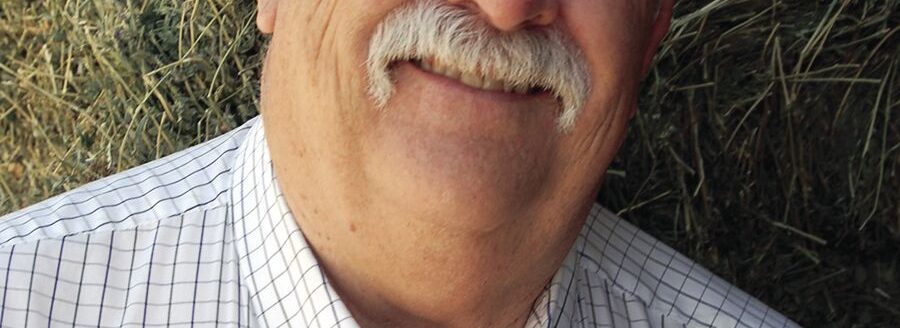Your neighbor’s field is not the perfect example
When managing your irrigated alfalfa, do not make decisions based on what you see your neighbor doing. Jonathan Aguilar, water resource engineer for Kansas State University Research and Extension, used this example as he discussed water management at the recent Alfalfa U in Dodge City, Kansas.
In many crop-producing areas, rain doesn’t always fall in the right place, at the right time or in the right form. That is why Aguilar has devoted his career to helping producers better manage what water they do have.
Before you begin irrigating you need to decide your end goal. Ultimately, one of your end goals should be to see a return on your irrigation system investment, but you also need to decide if you want to reduce water use or maximize profit. Once that decision is made, you can set up an irrigation schedule that helps you reach your end goal.
Aguilar suggested another valuable resource in the Mobile Irrigation Lab available at bae.ksu.edu/mobileirrigationlab. This service from K-State offers software and media downloads at little to no cost that help producers with irrigation schedule management and other crop strategies.
Aguilar says your schedule should be based on feedback. Feedback is when you look at the weather, look at your soil and look at your plants.
Producers should use those three sources of feedback to determine when and how much to water fields.
“So if you have two types of feedback, that’s a lot better,” Aguilar said. “If you have three, you have the best.”
Those three sources will provide all the information you need as you set your irrigation schedule, he said. That means there’s no need to consult your neighbor’s field any longer.
Alfalfa U was sponsored by Alforex Seeds, John Deere and High Plains Journal. To see the slides from this year’s presenters, visit www.hpj.com/alfalfau.
Jennifer Theurer can be reached at 620-227-1858 or [email protected].

